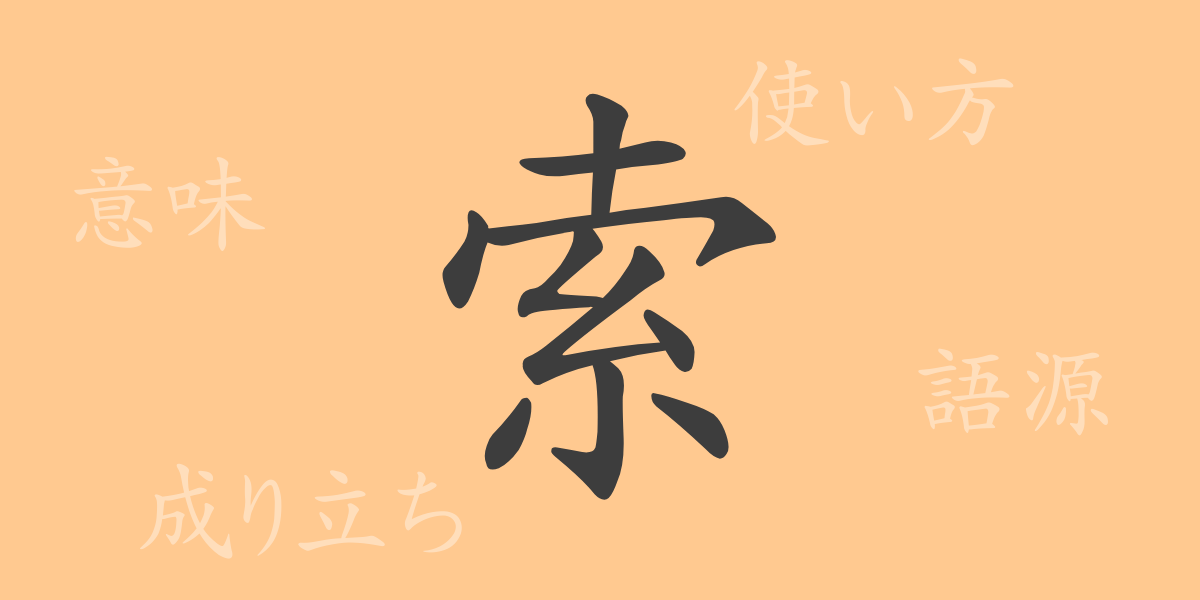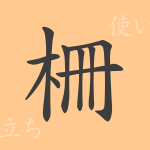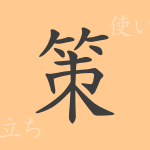Japanese books use numerous kanji, each with its unique history and meaning. “索” (さく, saku) may not be frequently seen in daily life, but it holds its place as one of Japan’s commonly used kanji. This article delves into the rich background and usage of the kanji “索” (さく, saku), exploring its charm and significance.
Origin of 索 (さく, saku)
The kanji “索” (さく, saku) has been used since ancient times and originally meant rope or cord. From the concept of bundling rope, it came to signify searching or seeking. This kanji represents the image of binding ropes, and its shape has evolved over time to become the current “索” (さく, saku).
Meaning and Usage of 索 (さく, saku)
“索” (さく, saku) primarily means “rope,” “cord,” “to search,” or “to seek.” Specific uses include words like “索引” (さくいん, sakuin, index) and “索漠” (さくばく, sakubaku, desolation). Additionally, “索” (さく, saku) is used metaphorically to refer to the act of searching for something.
Readings, Stroke Count, and Radical of 索 (さく, saku)
Understanding the kanji “索” (さく, saku) requires knowledge of its readings and structure.
- Readings: The on’yomi (音読み) reading is “サク” (saku). There is no specific kun’yomi (訓読み) reading.
- Stroke count: “索” (さく, saku) has a total of 10 strokes.
- Radical: The radical is 糸 (いとへん, itohen, thread).
Idioms, Phrases, and Proverbs Using 索 (さく, saku) and Their Meanings
Idioms, phrases, and proverbs that include the kanji “索” (さく, saku) reflect its meaning. For example, “探索” (たんさく, tansaku) means to search or seek, and “無為無策” (むいむさく, mui musaku) means doing nothing and having no plans. These expressions highlight the richness of the Japanese language.
Conclusion on 索 (さく, saku)
Through this article, we have deepened our understanding of the diverse meanings and uses of the kanji “索” (さく, saku), as well as its origins. As one of Japan’s commonly used kanji, this knowledge is valuable for enhancing comprehension of the Japanese language. Let’s continue learning about the history and meanings embedded in each kanji.

























